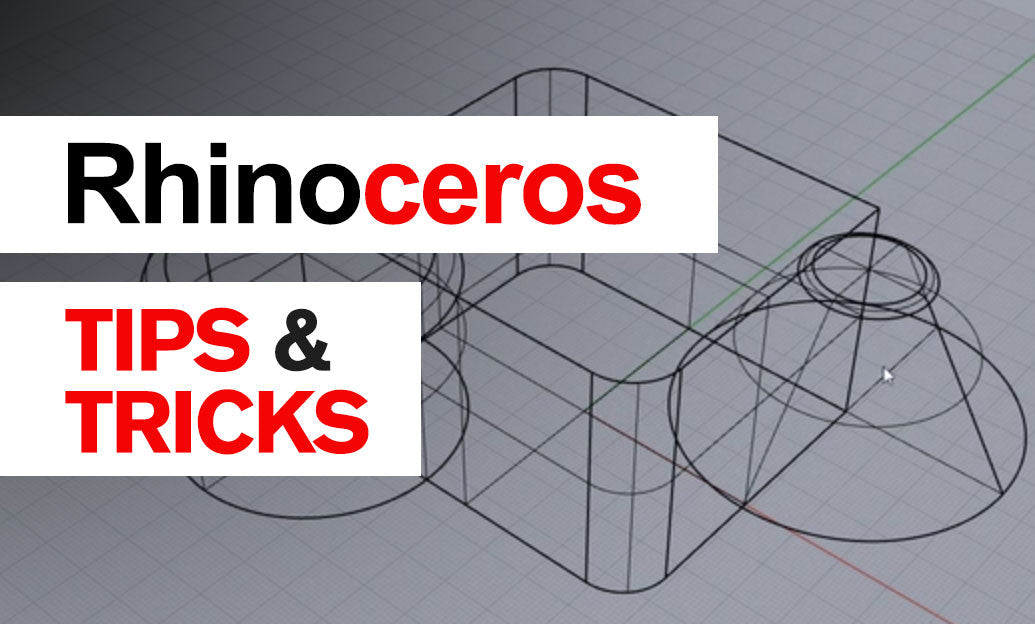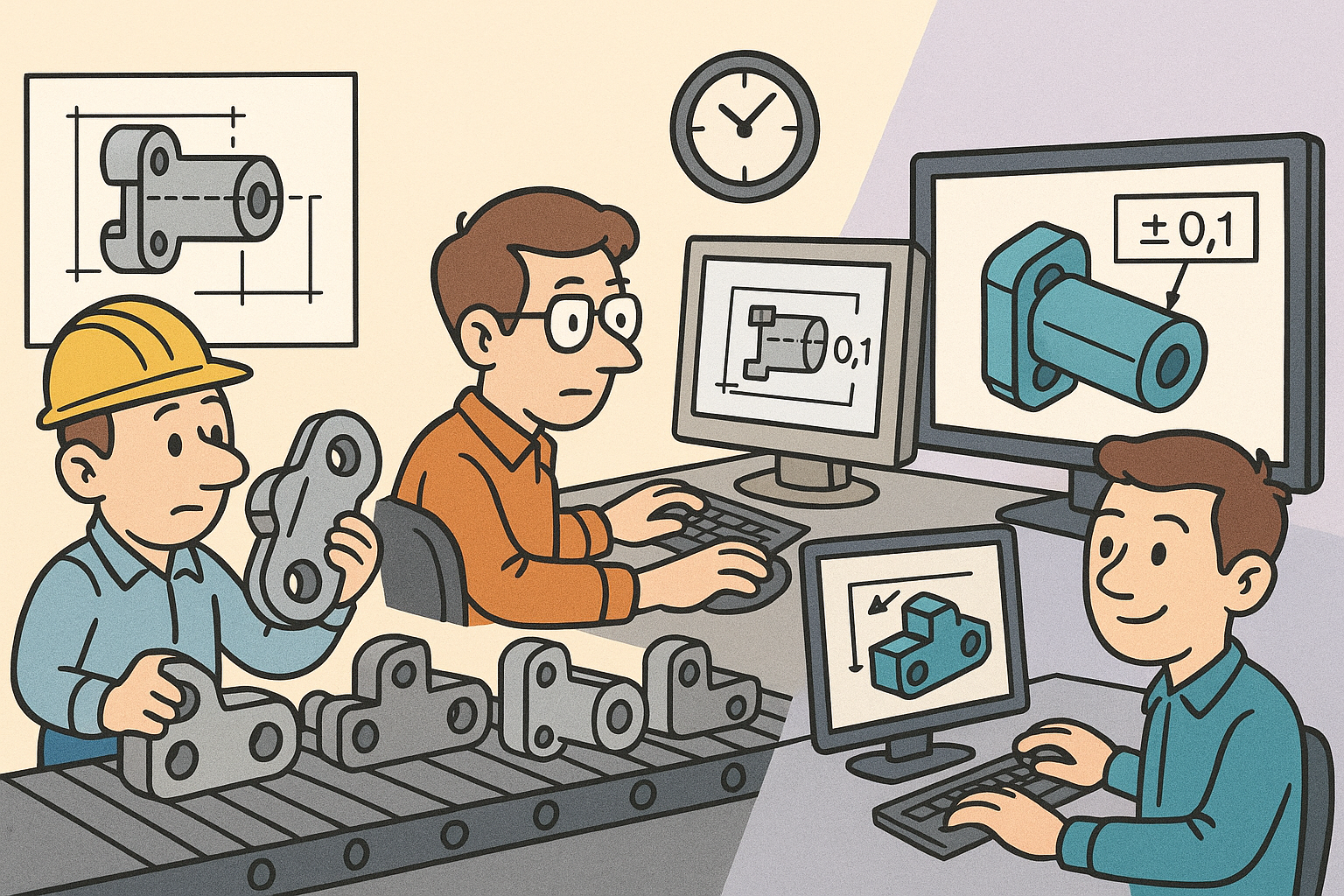Your Cart is Empty
Customer Testimonials
-
"Great customer service. The folks at Novedge were super helpful in navigating a somewhat complicated order including software upgrades and serial numbers in various stages of inactivity. They were friendly and helpful throughout the process.."
Ruben Ruckmark
"Quick & very helpful. We have been using Novedge for years and are very happy with their quick service when we need to make a purchase and excellent support resolving any issues."
Will Woodson
"Scott is the best. He reminds me about subscriptions dates, guides me in the correct direction for updates. He always responds promptly to me. He is literally the reason I continue to work with Novedge and will do so in the future."
Edward Mchugh
"Calvin Lok is “the man”. After my purchase of Sketchup 2021, he called me and provided step-by-step instructions to ease me through difficulties I was having with the setup of my new software."
Mike Borzage
Top 5 Essential AutoCAD Commands for Beginner Efficiency
August 20, 2024 3 min read


Introduction
Understanding and mastering the basic commands in AutoCAD is crucial for anyone starting their journey in the realm of computer-aided design (CAD). These foundational commands are the building blocks that enable designers to create, manipulate, and refine their designs with efficiency and precision. The ability to adeptly use these commands will significantly enhance one's proficiency in producing detailed and accurate CAD drawings.
LINE and PLINE for Basic Drawing
The LINE command is the most fundamental drawing tool in AutoCAD, allowing users to draw simple straight lines between two points. This command is the backbone of most drawing projects, serving as a preliminary step in creating more complex structures.
The PLINE or Polyline command, on the other hand, offers a more advanced drawing feature, enabling the creation of continuous lines and arcs that are treated as a single object. This command is especially useful for drawing complex shapes and paths that require adjustments and modifications as a unified entity.
- The LINE command is most effective for simple, discrete linear elements.
- The PLINE command is ideal for creating complex, interconnected shapes and outlines.
HATCH for Filling Areas
The HATCH command in AutoCAD is used to fill areas within specified boundaries with patterns or solid colors. This feature is particularly useful for representing different materials, zones, or special areas in a design, contributing to the visual and technical clarity of the drawing.
Applications include distinguishing between grass and concrete in a site plan or differentiating between various types of walls and floors in architectural drawings.
TRIM and EXTEND for Editing
The TRIM command allows users to trim or remove specific parts of an object that cross a defined boundary. Conversely, the EXTEND command is used to extend the length of objects to meet the edges of other objects, enabling seamless connections between different drawing elements.
Together, these commands are pivotal in refining and editing drawings, ensuring elements within the design align and interact properly. They exemplify the dynamic nature of design work in AutoCAD, where modifications and adjustments are frequently necessary.
LAYER for Organizing Drawings
The concept of layers is intrinsic to organizing and managing complex drawings in AutoCAD. Layers can be thought of as transparent sheets stacked on top of one another, where each layer contains different elements of the drawing. This organizational strategy allows designers to isolate, edit, and display specific parts of a drawing without affecting the rest.
Creating, renaming, and managing layers effectively can drastically enhance the navigability and manageability of a CAD drawing, making it easier to work on large projects with multiple components.
BLOCK for Creating and Managing Reusable Content
In AutoCAD, BLOCK refers to the command used to create a single object from multiple objects, allowing for easy manipulation and reuse. Blocks are essential for improving efficiency, particularly in projects where repetitive content is common.
Advantages of using blocks include reducing file size, ensuring consistency across drawings, and saving time by eliminating the need to redraw similar elements. Effective block management involves creating a library of common elements that can be quickly accessed and inserted into any project.
Conclusion
Mastering the essential commands in AutoCAD is fundamental for achieving efficiency and accuracy in CAD design. Beginners are encouraged to familiarize themselves with these commands, as they form the foundation upon which more complex and sophisticated designs are built. Through diligent practice and application, these basic commands will become second nature, significantly enhancing one's design workflow and productivity.
Also in Design News

From Markups to Data: Governed Custom Measurements for Audit-Ready MEP Takeoffs in Revu
December 28, 2025 8 min read
Read More
Rhino 3D Tip: Manufacturing-Ready STEP and IGES Export Checklist for Rhino
December 27, 2025 2 min read
Read More
Design Software History: From Interchangeability to Semantic PMI: A History of Tolerancing in CAD
December 27, 2025 12 min read
Read MoreSubscribe
Sign up to get the latest on sales, new releases and more …


